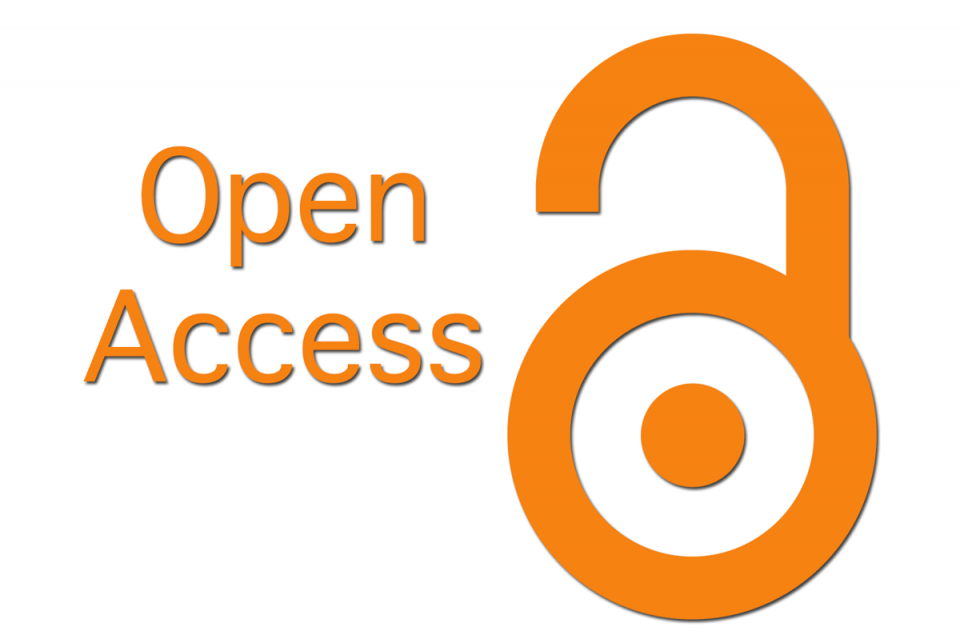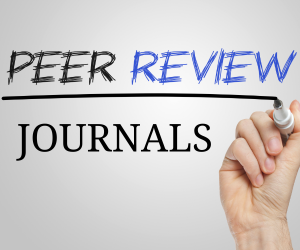ADVANCED DEEP LEARNING TECHNIQUES FOR THE DETECTION AND CLASSIFICATION OF CARDIAC ARRHYTHMIAS USING IOT ENABLED ECG SENSOR DATA
DOI:
https://doi.org/10.48047/Keywords:
Cardiac arrhythmia, World Health Organization, one-dimensional convolutional neural network, long short-term memory.Abstract
Cardiac arrhythmia is a disorder characterized by irregular heart beats. The World Health Organization (WHO) reports that over 17 million individuals globally succumb annually to cardiovascular illnesses. This is around 31% of total worldwide fatalities. The American Heart Association (AHA) reports that one in three fatalities in the United States is attributable to cardiovascular illnesses. Cardiovascular disease fatalities exceed those from all cancer types and chronic lower respiratory disorders combined. A 2014 study reveals that around 2 to 3% of individuals in North America and Europe are impacted by atrial fibrillation. A heart rate above 100 beats per minute in adults is termed tachycardia, whereas a heart rate below 60 beats per minute is referred to as bradycardia.
Downloads
References
N Jafarnia, Dabanloo, G Attarodi. “A New Pattern Recognition Method for Detection and Localization of Myocardial Infarction Using T-Wave Integral and Total Integral as Extracted Features from One Cycle of ECG Signal”. 2014/01/01. Pp 818-824, vol.7, Journal of Biomedical Science and Engineering.
L. N. Sharma, R. K. Tripathy, and S. Dandapat, "Multiscale Energy and Eigenspace Approach to Detection and Localization of Myocardial Infarction," in IEEE Transactions on Biomedical Engineering, vol. 62, no. 7, pp. 1827-1837, July 2015, doi: 10.1109/TBME.2015.2405134.
Downloads
Published
Issue
Section
License

This work is licensed under a Creative Commons Attribution 4.0 International License.
You are free to:
- Share — copy and redistribute the material in any medium or format for any purpose, even commercially.
- Adapt — remix, transform, and build upon the material for any purpose, even commercially.
- The licensor cannot revoke these freedoms as long as you follow the license terms.
Under the following terms:
- Attribution — You must give appropriate credit , provide a link to the license, and indicate if changes were made . You may do so in any reasonable manner, but not in any way that suggests the licensor endorses you or your use.
- No additional restrictions — You may not apply legal terms or technological measures that legally restrict others from doing anything the license permits.
Notices:
You do not have to comply with the license for elements of the material in the public domain or where your use is permitted by an applicable exception or limitation .
No warranties are given. The license may not give you all of the permissions necessary for your intended use. For example, other rights such as publicity, privacy, or moral rights may limit how you use the material.







